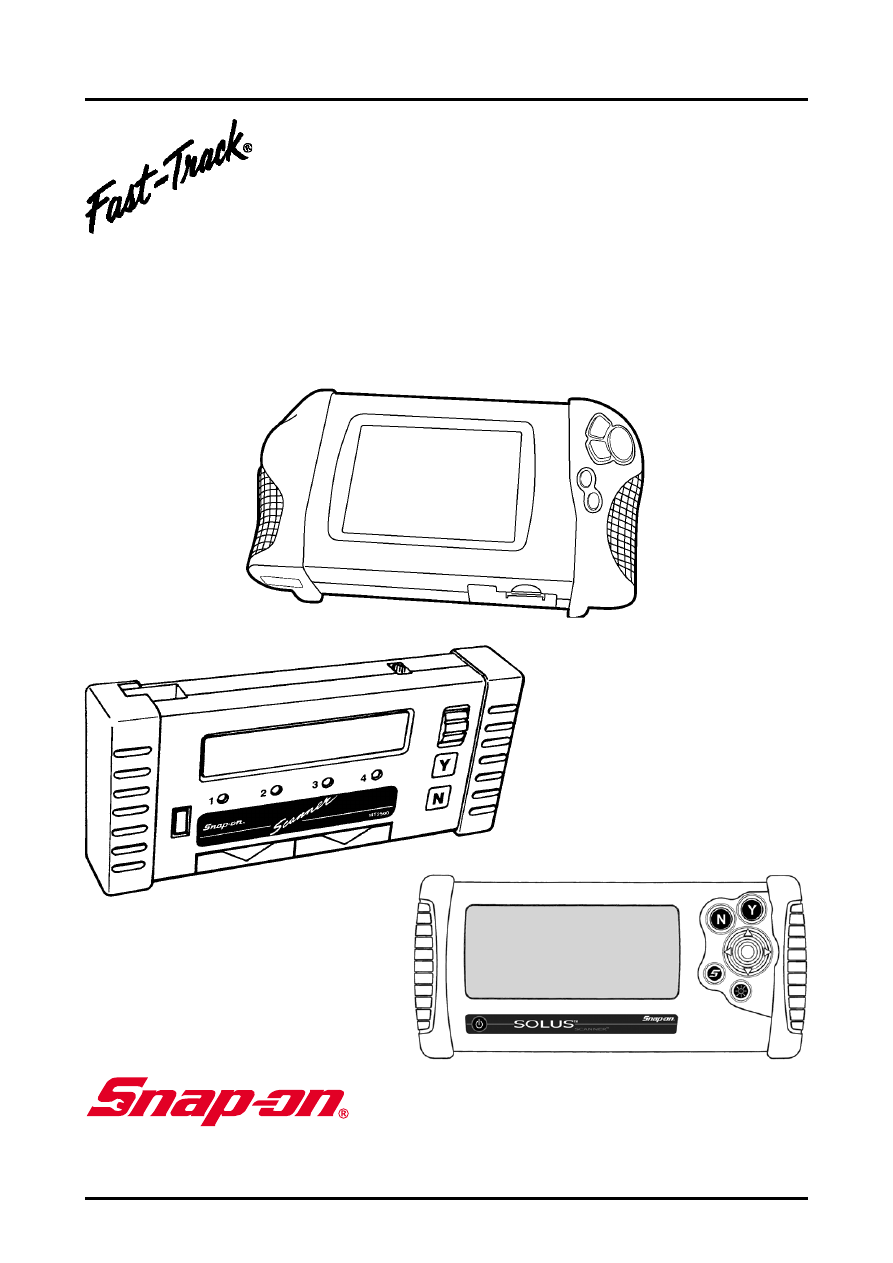Holden Engine Troubleshooter. Reference Manual - part 1

Holden Engine
Troubleshooter Reference Manual
Use in conjunction with the applicable Scanner User’s Reference Manual
and Diagnostic Safety Manual.
Version 9.2 Software
February 2009
|
|
|

Holden Engine Use in conjunction with the applicable Scanner User’s Reference Manual and Diagnostic Safety Manual. Version 9.2 Software February 2009 |